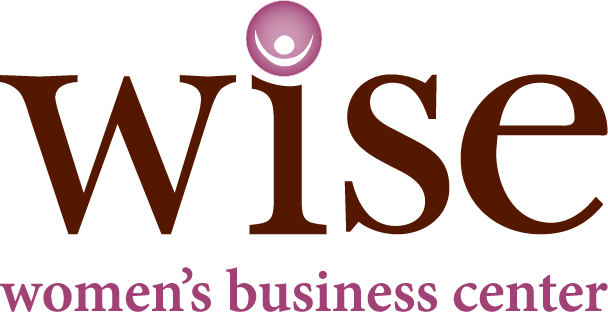On Friday, October 9th the U.S. Small Business Administration, in consultation with the Treasury Department, released a simpler loan forgiveness application for Paycheck Protection Program (PPP) loans of $50,000 or less. This comes as welcome news for America’s smallest businesses, who would benefit from the financial and administrative relief. SBA and Treasury have also eased the burden on PPP lenders, allowing lenders to process forgiveness applications more swiftly. Faster processing time can mean
SBA began approving PPP forgiveness applications and remitting forgiveness payments to PPP lenders for PPP borrowers on October 2, 2020. SBA will continue to process all PPP forgiveness applications as quickly as possible. Be sure to consult your CPA or tax advisor to fill out this application.
- Click here to view the simpler loan forgiveness application.
- Click here to view the instructions for completing the simpler loan forgiveness application.
- Click here to view the Interim Final Rule on the simpler forgiveness process for loans of $50,000 or less.
Required Application Information
Before you start your application, be sure to have important information and documents ready. This should be the same information you provided on your original PPP application unless it’s changed.
- Business Legal Name/DBA, if applicable
- Business Address/Business TIN (EIN, SSN)/Business Phone/Primary Contact/E-mail Address
- SBA PPP Loan Number
- Lender PPP Loan Number
- PPP Loan Amount
- PPP Loan Disbursement Date
- Employees at Time of Loan Application/Employees at Time of Forgiveness Application: The actual amount of employees, not Full-Time Equivalents (FTE). For example, one full-time and one part-time employee would count as two total employees. If you have no employees on payroll, you can put 0 here.
- EIDL Advance Amount: If you received an EIDL advance, enter this amount. It will range from $1,000 to $10,000 in increments of $1,000.
- EIDL Application Number: Should be in correspondence from the SBA confirming they received your application. Include this regardless of whether you were approved or not.
- Payroll Schedule: Select the frequency of payroll being run in the 8 to 24 week period.
- Covered Period: The 24 week period starting from your disbursement date (but not past December 31, 2020)
- Alternative Payroll Covered Period: Only applicable if you run payroll weekly or biweekly. You can start your covered period on the day of your first pay period. This will be the covered period for all parts of the application that call for it.
Required Application Documents
You’ll need to prove your PPP expenses. Here are the documents you’ll need for your forgiveness application.
Payroll expenses:
- Bank account statements or a report from your payroll provider documenting payments to employees
- Tax forms (or equivalent payroll provider reports) including:
- Payroll tax filings reported (typically Form 941)
- State quarterly business and individual employee wage reporting and unemployment insurance tax filings
- Payment receipts, cancelled checks, or bank account statements showing employer contributions to group employee benefits plans
- If you kept headcount and salaries the same, you will still be required to report the average number of full-time equivalent employees on payroll on January 1, 2020 and at the end of the covered period. This can be done with payroll reports covering January 1 and the last payroll of your covered period.
Non-payroll expenses:
- Business mortgage interest payments: a copy of the amortization schedule with corresponding receipts OR mortgage statements from February 2020 and the months of the covered period.
- Business rent or lease payments: a copy of the current rent/lease agreement with receipts verifying payments OR lease statements from 2020 and from the covered period through one month after the end of the covered period.
More PPP resources
PPP Loan Forgiveness: The Complete Guide
Self-Employed Guide to the PPP Forgiveness Application (SBA Form 3508EZ)
